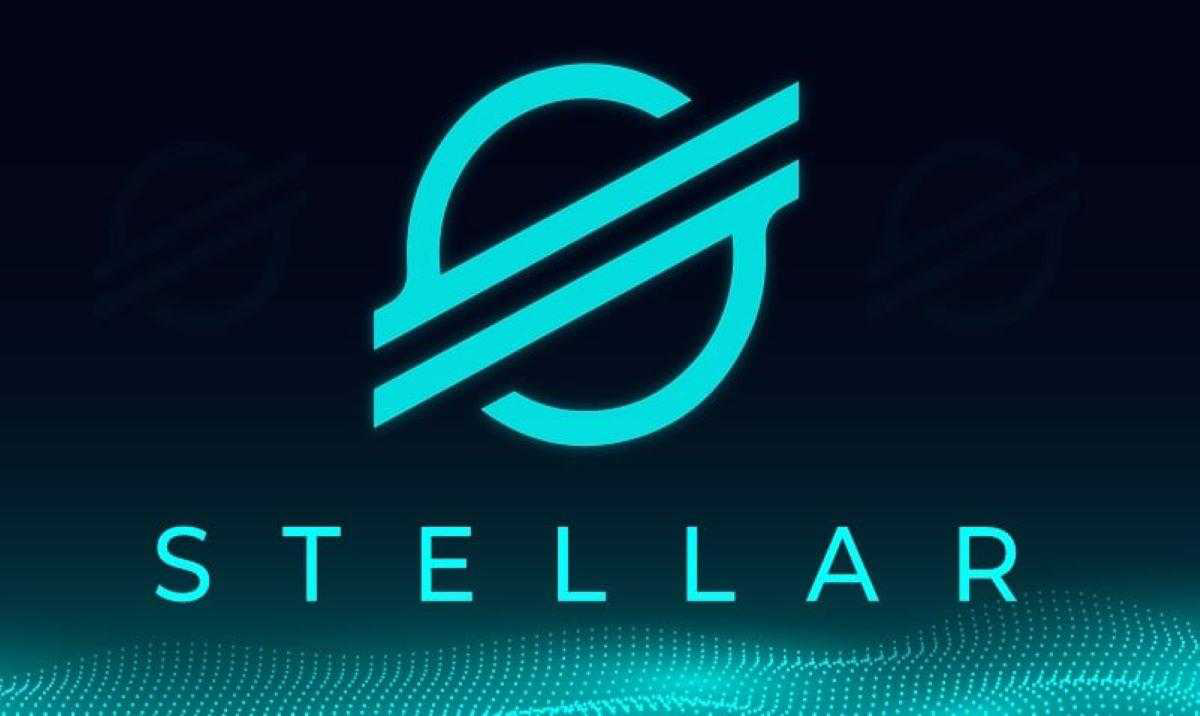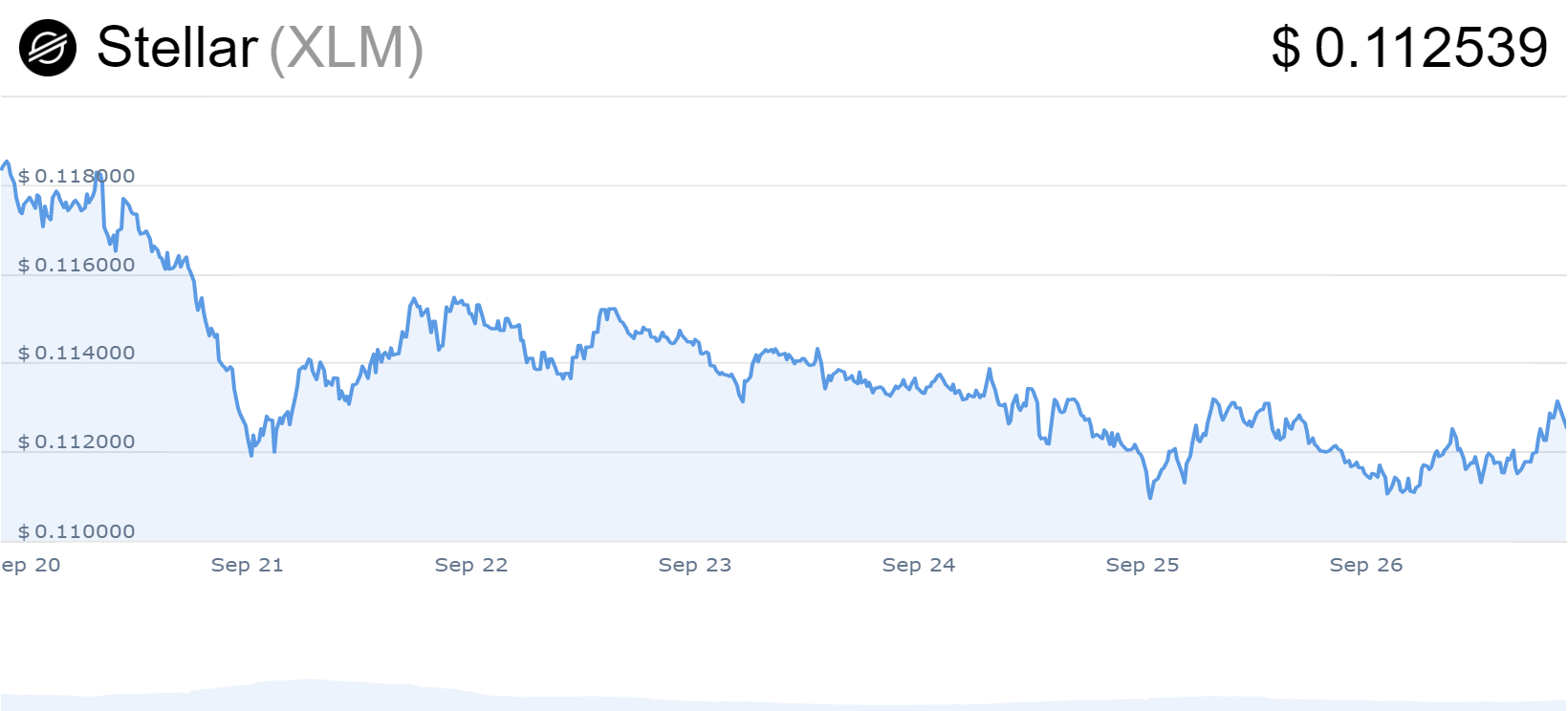Join Our Telegram channel to stay up to date on breaking news coverage
As many major cryptocurrencies are currently expensive to acquire, we compile a list of the best cheap tokens with promising upsides.
In the crypto scene, Bitcoin and other digital assets exhibited minimal price fluctuations on Wednesday amid recent market turbulence triggered by a Wall Street selloff.
Over the past 24 hours, Bitcoin’s price saw a modest uptick of less than 0.5%, reaching approximately $26,350. Bitcoin has remained within the $26,000 range for over a month, with intermittent short-lived fluctuations that promptly returned to this established zone.
This stability hints at a more mature and less volatile phase for Bitcoin, possibly appealing to investors seeking a predictable asset. Investors may consider exploring alternative, more affordable cryptocurrencies with growth potential to leverage this newfound stability in the cryptocurrency market.
5 Best Cheap Crypto To Buy Now Under 1 Dollar in September 2023
Investing in low-cost cryptocurrencies can be an enticing prospect for some investors. These cryptocurrencies hold the potential for significant growth.
We’ve compiled a list of such tokens priced under 1 Dollar for investors to consider.
1. Stellar Lumens (XML)
Stellar is a decentralized P2P network founded by the Stellar Development Foundation. Its primary mission is to establish a global network interconnecting various financial systems.
Also, it aims to offer a standardized protocol for payment providers and financial institutions. Stellar’s primary function is to enable efficient and cost-effective financial resource transfers.
At the heart of the Stellar blockchain lies its native asset, Lumens (XLM). XLM can be employed for P2P transactions similar to other cryptocurrencies. Similarly, it serves as a deterrent against spam transactions within the Stellar network, requiring a small XLM fee for each transaction.
It's a meeting of the minds at #Meridian2023!
Our CEO @DenelleDixon is sharing insights with @coindesk SVP @SamEwen, discussing the exciting world of Meridian, Stellar, and the journey ahead. pic.twitter.com/OesdiPtBV3
— Stellar (@StellarOrg) September 27, 2023
The Stellar payment protocol, rooted in distributed ledger technology, is an open-source project owned and driven by the community. One of its prominent features is facilitating cross-border transactions, effectively addressing concerns about high fees and slow processing times.
Stellar’s support for multi-currency transactions is another notable feature, particularly in international operations. This feature allows users to conduct cross-currency transactions with ease. Moreover, Stellar maintains consistent transaction speeds and minimal transaction costs.
2. Hedera Hashgraph(HBAR)
Hedera operates as an enterprise-grade public network, facilitating the development of decentralized applications (DApps) for individuals and businesses. It aims to address issues like sluggish performance and instability associated with older blockchain platforms.
Hedera Hashgraph’s native cryptocurrency, HBAR, is crucial to its ecosystem. It distinguishes itself from conventional blockchain technology by prioritizing speed, efficiency, and security.
Differing from older blockchains, which predominantly rely on proof-of-work (PoW), or younger counterparts based on proof-of-stake (PoS), Hedera Hashgraph has devised a distinct PoS model tailored to enhance transaction verification efficiency, bolster security measures, and fortify defenses against potential security threats.
This model encompasses the hashgraph consensus algorithm and a global enterprise governing body. A feature of the Hedera network is its utilization of the Gossip-about-Gossip protocol.
The rise in opioid mortality and substance abuse is a critical challenge for public health. @acoerco is utilizing the decentralized #Hedera Consensus Service to provide an innovative solution.
CEO @jnasr joined us last month to discuss how they are using HCS to address pressing… pic.twitter.com/Lo2yp4DuUq
— Hedera (@hedera) September 26, 2023
This innovative protocol enables nodes to spontaneously exchange information about themselves with other nodes via hashgraph, employing the Gossip protocol. Over time, this process fosters familiarity among nodes within a cluster. Ultimately, this creates a structured data format of transaction data, timestamps, digital signatures, and hashes linking to prior structures.
HBAR, as the network’s native token, assumes a pivotal role by powering applications on the Hedera network. It serves as the means to cover various network-related expenses, including network service costs, transaction fees, in-app payments, and micropayments.
For developers, HBAR tokens are the currency of choice when settling network-related fees, such as those associated with smart contract execution, file storage, and currency exchange. Additionally, HBAR serves as a mechanism to incentivize and compensate network nodes.
3. Bitcoin Minetrix ($BTCMTX)
Bitcoin Minetrix introduces a novel approach to cloud mining, enabling retail investors to partake in Bitcoin mining with just a $10 minimum investment. Their native cryptocurrency, $BTCMTX, operates as a stake-to-mine token. It has garnered notable early interest, with an impressive $100,000 invested within the first hour of the presale.
Bitcoin Minetrix aims to provide an alternative to conventional cloud mining services, notorious for potential scams and substantial hardware expenses. The project’s core concept revolves around users staking BTCMTX tokens to earn cloud mining credits, effectively decentralizing control and promising token holders a more secure and transparent mining experience.
The staking pool has attracted substantial participation, with more than 400,000 BTCMTX tokens currently locked in staking. Presently, the project’s annual percentage yield (APY) is pinned at 103,225%. However, this rate is anticipated to decrease as additional tokens enter staking.
Exploring the #Crypto world with #BitcoinMinetrix!
Cloud mining = Cost Efficiency! 💰
Say goodbye to high electricity costs and hardware requirements.
Mining with ease. pic.twitter.com/v23XxHFnB2
— Bitcoinminetrix (@bitcoinminetrix) September 27, 2023
Staked tokens can be converted into allocated mining time, giving token holders a share of the mining revenue. Bitcoin Minetrix aims to raise over $15 million through the presale. Most of the funds will be allocated towards platform launch and token promotion. The ultimate aim is to acquire or lease a segment of a cloud mining operation.
4. Fetch.ai (FET)
Fetch.AI is a decentralized machine-learning network underpinned by a cryptocurrency economy. The project aims to democratize access to AI technologies through a permissionless network accessible to anyone.
Using a global data network, this network employs autonomous AI to execute tasks. The key applications envisioned for Fetch.AI encompass optimizing DeFi trading services. This includes transportation networks (such as parking and micromobility), smart energy grids, and travel-related services, all of which rely on extensive datasets.
Integral to the operation of this network is the FET token, which serves as the fuel for the platform. Users are allowed to construct and deploy their agents on the network.
At the same time, developers can leverage machine learning features to establish collective intelligence within the network. Validation nodes play a crucial role in verifying transactions within the Fetch.AI ecosystem.
The technology employed comprises two primary frameworks: the Agent framework for systems managed by multiple agents and the Open Economic framework, which is responsible for locating and facilitating the interactions of these agents.
Something innovative and game-changing is on the horizon 👀
Stay tuned for an exciting announcement very soon…
Get ready for #DeltaV 🤖
What do you think is coming? 🤔 pic.twitter.com/ppmI6UW6TZ
— Fetch.ai (@Fetch_ai) September 26, 2023
At its core, Fetch.AI features a decentralized data layer built on IPFS (InterPlanetary File System), which enables the sharing of machine learning weights among all participating learners. This approach seeks to address various complex digital systems reliant on substantial datasets.
5. Moonbeam (GLMR)
Moonbeam operates as a parachain on the Polkadot network, primarily focusing on Ethereum compatibility. This allows developers to deploy Solidity projects seamlessly within a Substrate-based environment.
Rather than being a basic Ethereum Virtual Machine (EVM) implementation, Moonbeam is a specialized parachain. It closely replicates core Ethereum features, including Web3 RPC, accounts, keys, subscriptions, and logs.
In addition to Ethereum compatibility, Moonbeam augments its capabilities with on-chain governance, staking, and cross-chain integrations. The platform provides various developer tools and smooth integration into the Polkadot ecosystem, offering unified accounts, addresses, and signatures.
Moonbeam offers a decentralized data layer based on IPFS, which facilitates sharing machine learning weights among participating learners.
Its distinction lies in providing an Ethereum-like environment built on top of the Substrate framework, which serves as the foundation for all Polkadot parachains. This approach allows developers to efficiently redeploy existing smart contracts while capitalizing on the modern Substrate architecture.
Hey SF! 🌉 Join Moonbeam & our friends from around the @Polkadot ecosystem for the next Polkadot Community Meet-up!✨
📍 Mindspace, San Francisco
⏰ Thursday, September 28 | 6:30-9:00 PM PT
🎟️ Register here: https://t.co/XXcoSRvlkrThis will be the fourth of a series of… pic.twitter.com/J9DK77xdXy
— Moonbeam Network (@MoonbeamNetwork) September 26, 2023
By operating on the Moonbeam network, developers with Solidity or Vyper-based smart contracts can extend their reach into the Polkadot ecosystem. Here, workloads can be shared seamlessly across a new layer.
Developers can leverage familiar Ethereum development tools with minimal disruption when migrating front-end DApps between chains. This includes porting Ethereum DApps to Polkadot or creating new permissionless decentralized applications.
Read More
Best Wallet - Diversify Your Crypto Portfolio
- Easy to Use, Feature-Driven Crypto Wallet
- Get Early Access to Upcoming Token ICOs
- Multi-Chain, Multi-Wallet, Non-Custodial
- Now On App Store, Google Play
- Stake To Earn Native Token $BEST
- 250,000+ Monthly Active Users
Join Our Telegram channel to stay up to date on breaking news coverage






